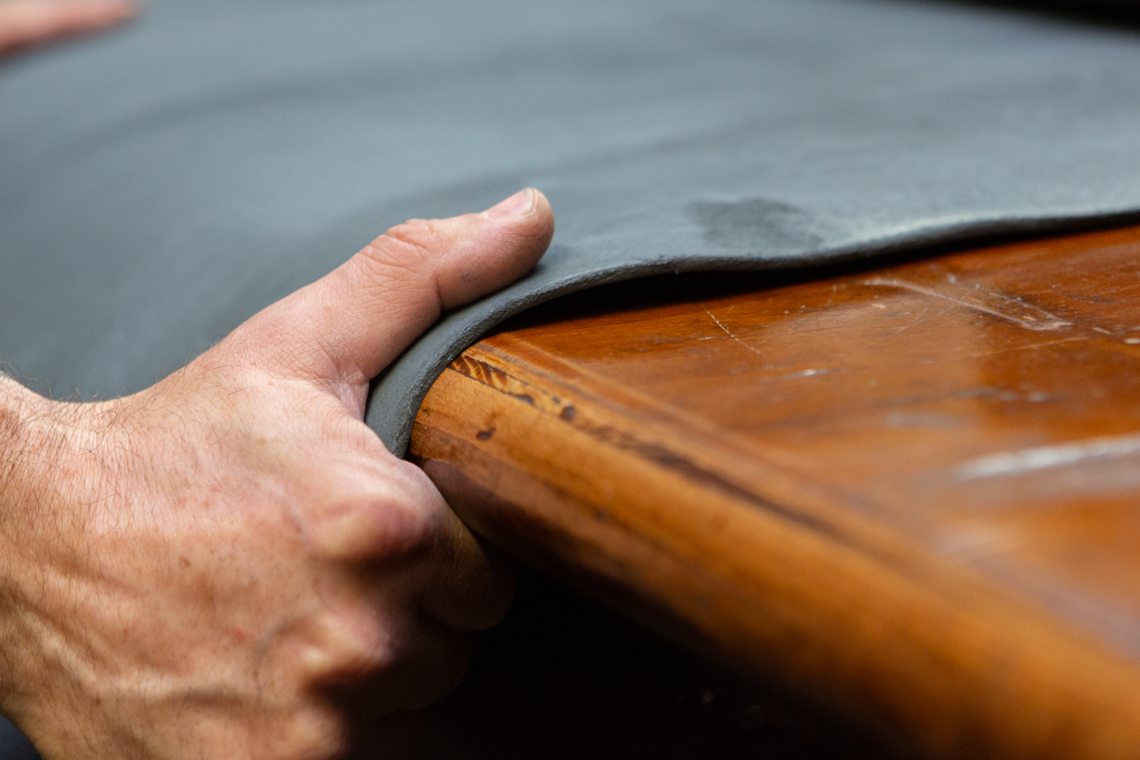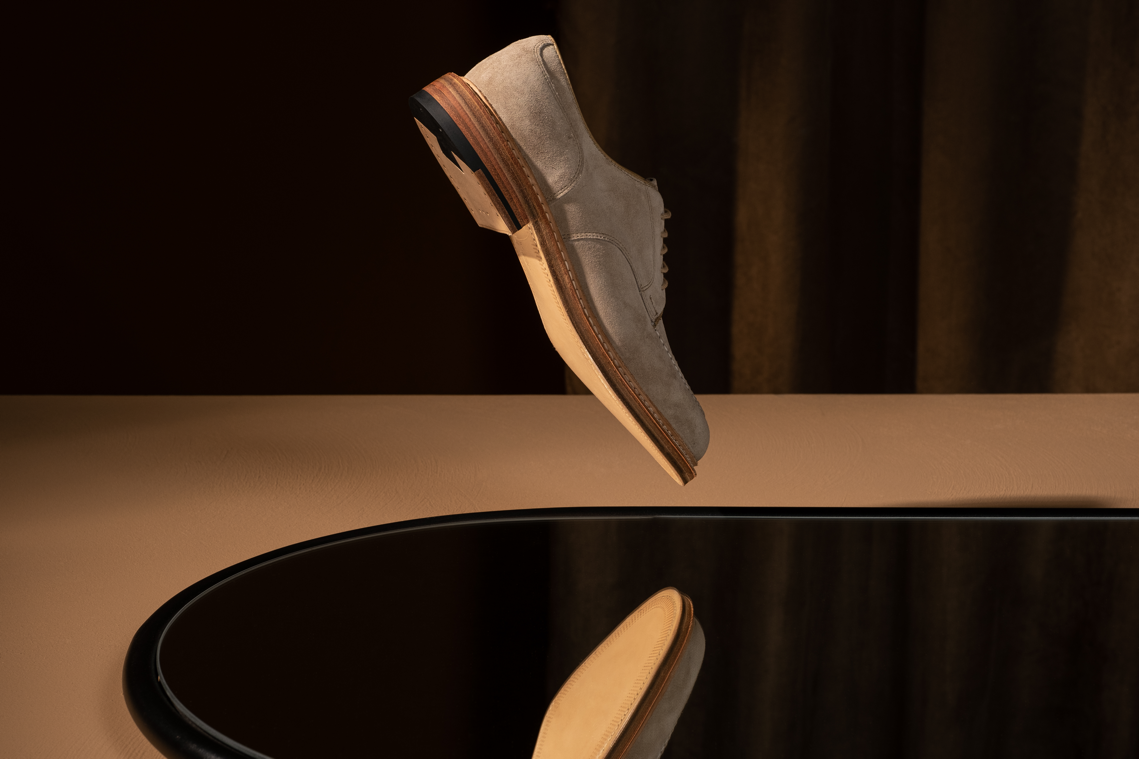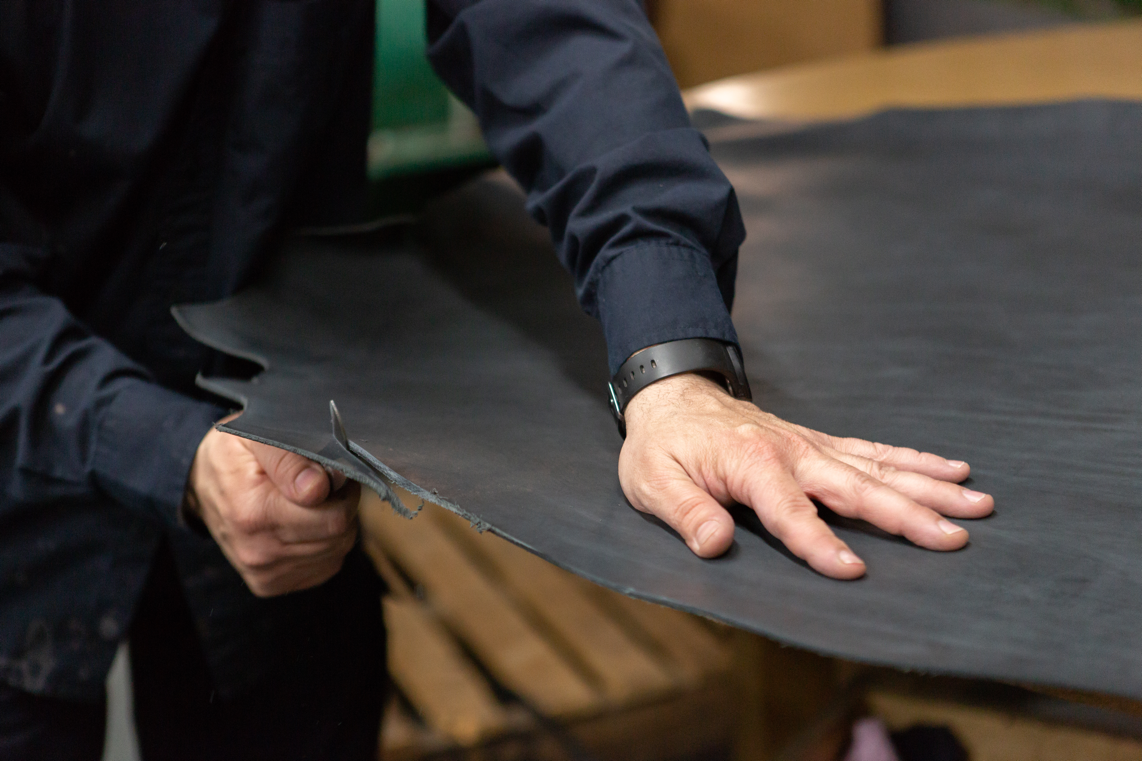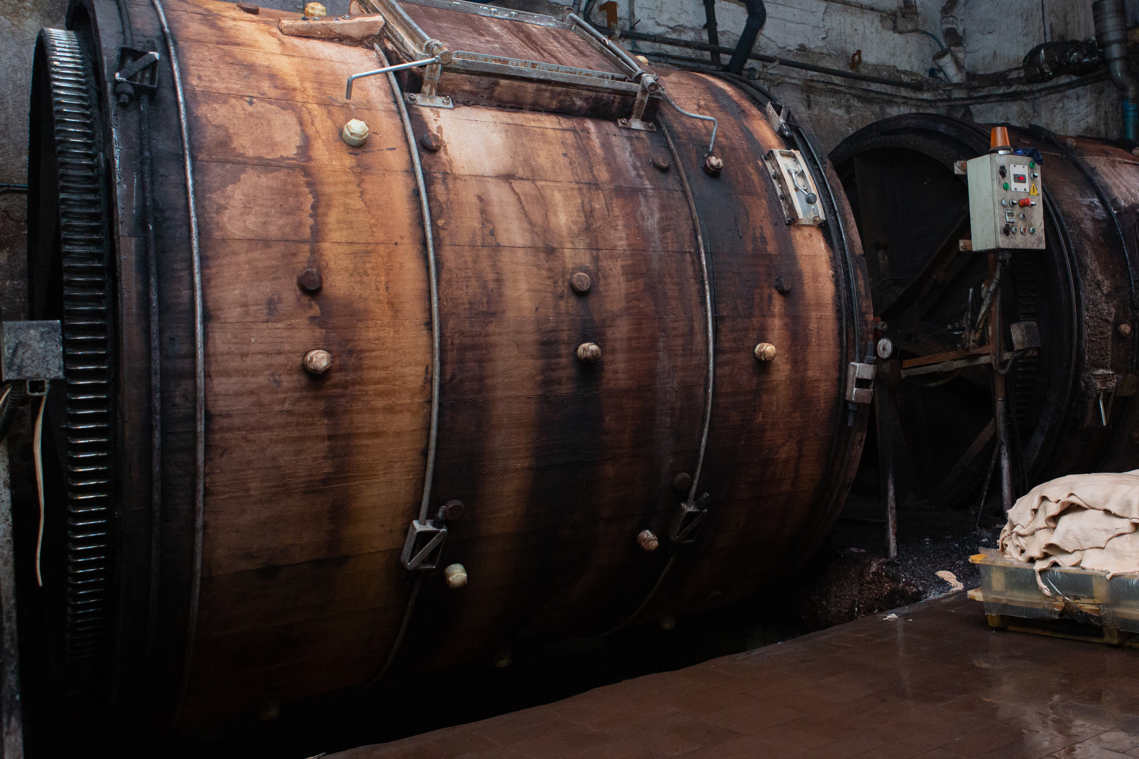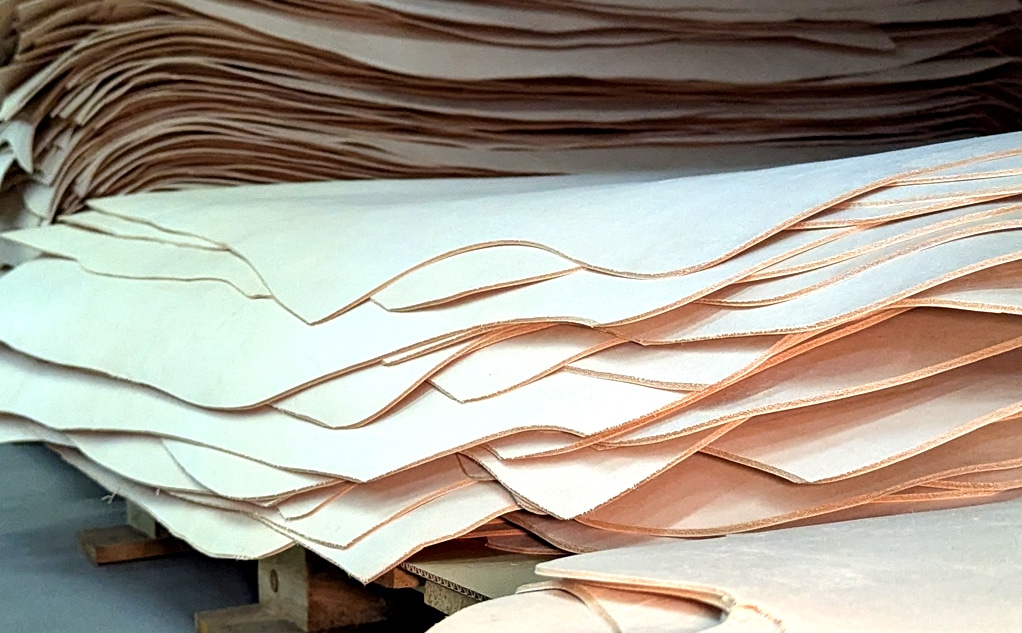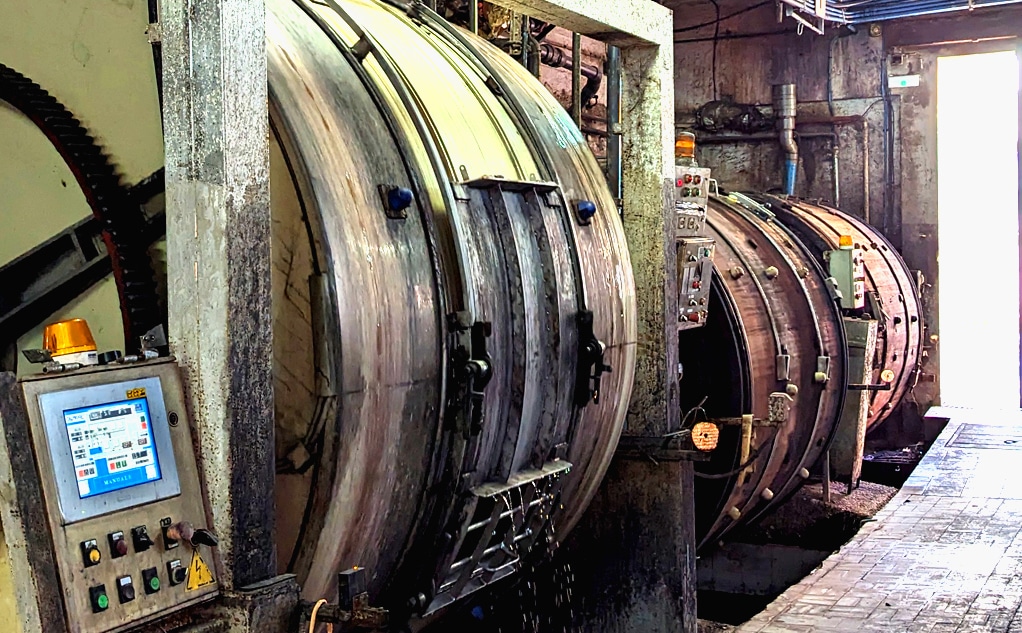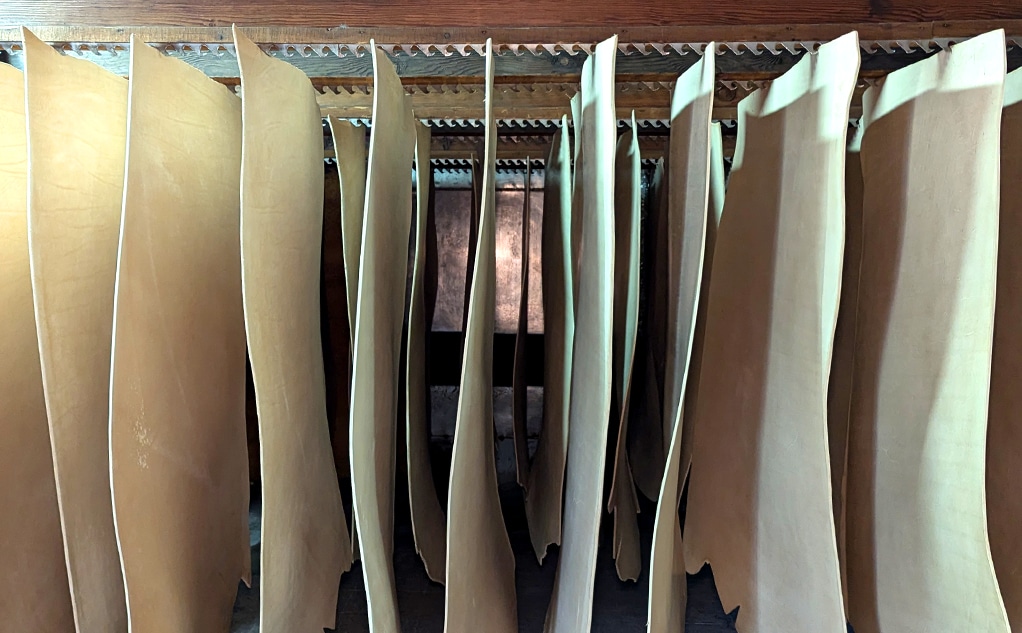
Leather
Facts about leather
26 / 05 / 2021
Content posted by: COTANCE.
Leather is a material almost as old as mankind. A wearable natural second skin, it has provided protection, warmth and elegance to mankind for thousands of years. Is this material still up-to-date?
The first humans needed to hunt for meat (protein, iron). Even if sustainability was unknown to them, they wasted nothing of their prey as animals could provide much more than food. Horns, claws and hooves were used as amulets, needles or weapons. Later, they learned how to use the skin and hair. They discovered that skins washed in a pond with old wood did not rot on their shoulders, as others did. They learned how to treat them and turn them into leather. In time, they became more proficient in drying, salting and tanning, making their new second skin soft, durable and strong against the wind and bad weather.
Our leather comes from the animals we hunt (such as deerskin, wild boars, etc) and from animals we rear for the production of food (cattle, sheep, goat, rabbits and certain fish). Their hide or skin is a residue that tanners recover and recycle.
The tanning process has evolved over the centuries and become environmentally conscious, as well as safer for tannery workers (look at the video below). The places in the world where the processing and working conditions are unacceptable are fewer and fewer. The International Council of Tanners (ICT) and all its members reject and condemn these practices that do not in any way accurately represent the modern leather industry and its products.
Something has not changed though: we humans still try to make the most of slaughtered animals and avoid wasting any of their by-products, especially their skins. Today leather is still a very appealing material. Genuine leather transports moisture and regulates body temperature, making it comfortable to wear.
When a material has such great properties, it’s bound to be imitated. So, beware of fakes that free-ride the good name and reputation of leather. Such substitutes are not leather and it is illegal to call them leather in EU Member States and other countries. Their characteristics do not come close to the performances of leather in terms of breathability, durability, sustainability and beauty.
When you buy leather, we want you to buy leather, real leather, nothing else.
You can read the original article HERE.
Continuar llegint
Newsletter
Subscriviu-vos a la nostra Newsletter i rebreu informació sobre allò que ens inspira, notícies, tendències i molt més.




